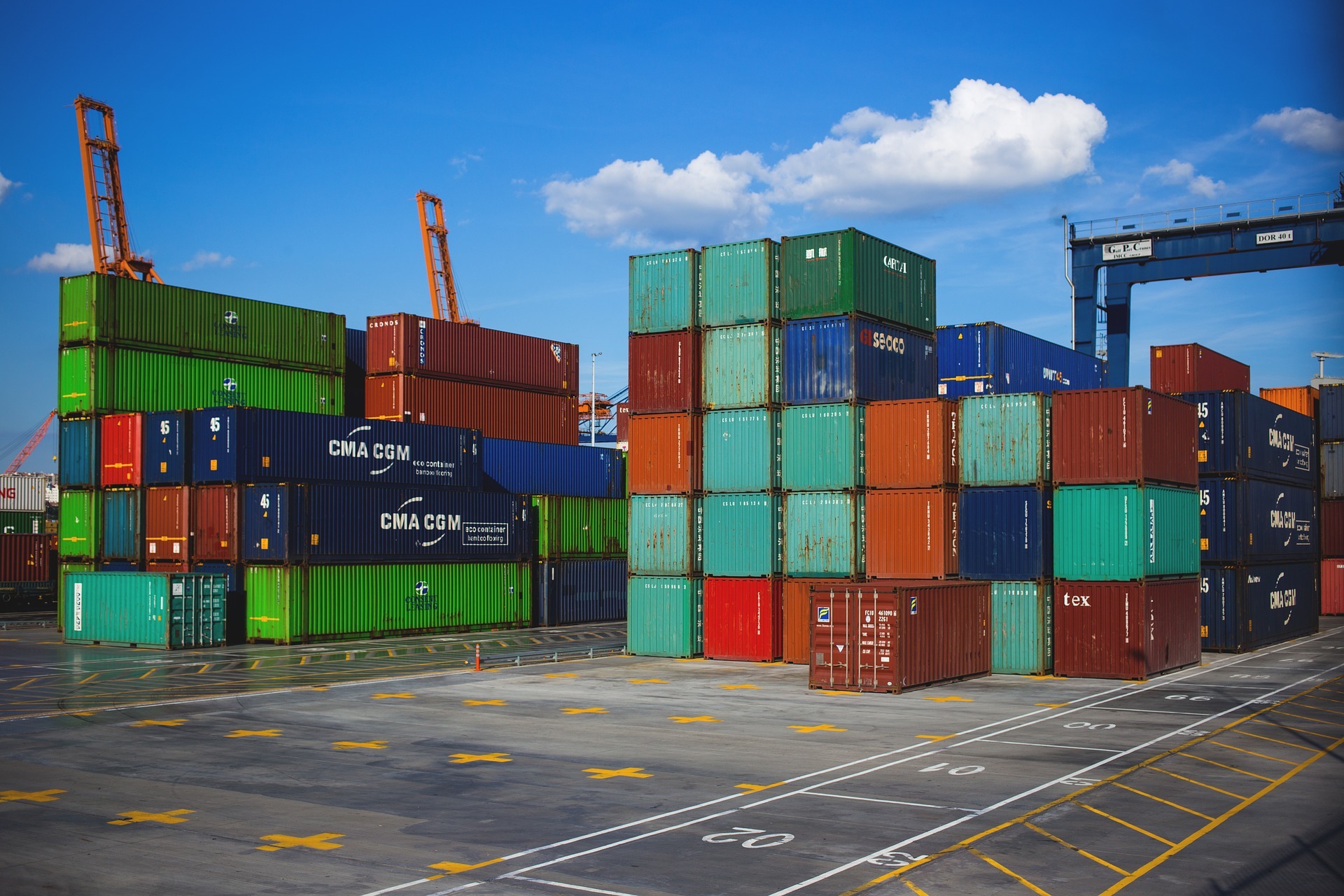There is a lot of talk about green logistics, but what is the real meaning? It is a set of measures, applied to the entire logistics process, whose objective is minimizing the environmental impacts as much as possible. In short, it means using available resources more efficiently and increasing sustainability.
The application of technology has become a key factor in making logistics operations more sustainable. However, we are not only referring to investments in non-polluting vehicles to update fleets that are less environmentally friendly. Innovation also opens the door to the application of process efficiency, such as warehouse automation or fleet management software.
Let's take a look at some examples of specific technological actions or solutions that can minimize the environmental impact of logistics operations:
- Warehouse Management Software (WMS): It is the brain of the warehouse. This software automates processes and the daily activities of a warehouse at each stage of logistics, from goods reception to storage, preparation, order shipping, and reverse logistics.
- Transportation Software: Programs that optimize distances, routes, calculate volumetrics, packaging, etc. It is a vital element, especially in these times of omnichannel customers who demand maximum speed and effectiveness in shipping and delivery.
- Fleet Management Software: Provides up-to-date information on company equipment, such as forklifts. It monitors the battery charge status and collects usage data from the forklifts, which is then sent directly to the software for relevant analysis.
- Last Mile: Monitoring the last mile functionality is essential in the logistics chain. Sustainability solutions should provide real-time measurement of CO2 emissions, allowing companies to gain more control over these emissions through route optimization driven by Artificial Intelligence (AI).
- Automated Forklifts: Autonomous Guided Vehicles (AGVs) enable the transportation of goods to their designated locations without human intervention. This increases efficiency and optimizes material flows in intralogistics.
- Robotization: Robotization complements warehouse automation. Robots play a fundamental role in facilitating the flow of goods and raw materials from their point of origin to their intended destination while maintaining safety standards and precision.
- Route Optimization: With AI-powered route optimization engines, companies can discover eco-friendly delivery options that utilize the most efficient routes with fewer miles traveled and less fuel consumed. By considering all stops in a day and shortening the total distances that drivers need to cover to fulfill their deliveries, last-mile delivery companies can reduce fuel consumption in their fleet by at least 10%

